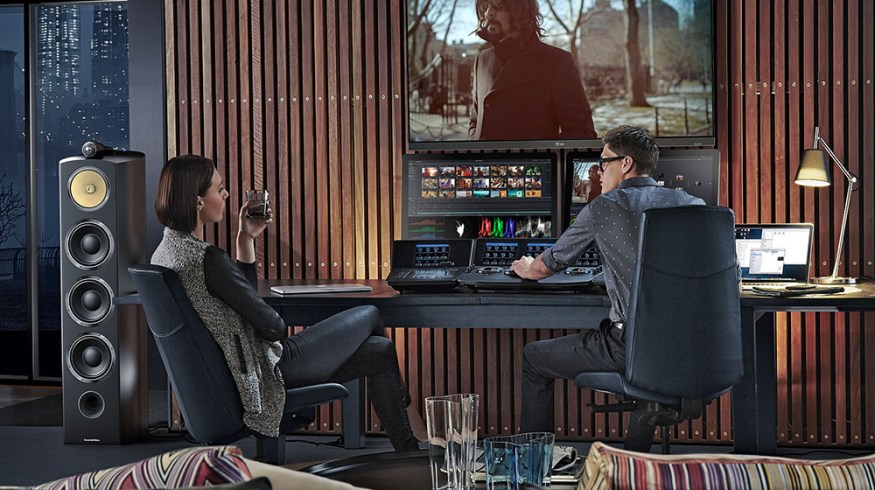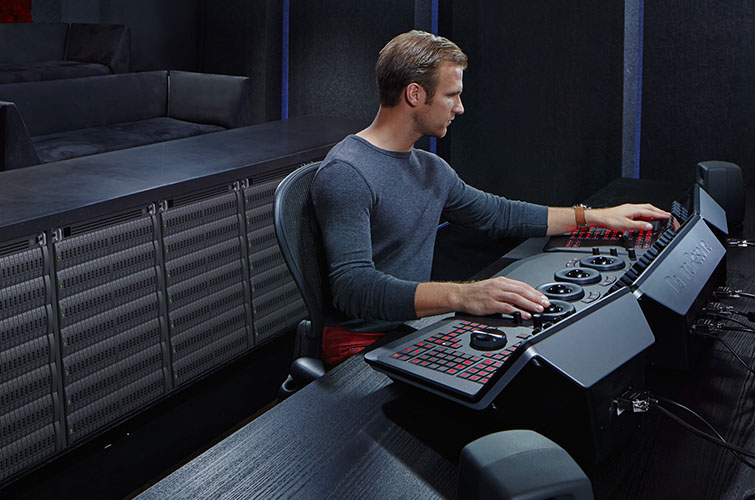
Color Grading Quick Tip: Keyframing In DaVinci Resolve
For most colorists, keyframing isn’t the most enjoyable part of the coloring process. However, DaVinci has one tool that can make keyframing your footage a whole lot easier.
Images from Blackmagic Design
If you’re working DaVinci Resolve, then chances are you’re key framing on a daily basis. You might be using keyframes to make basic adjustments with your grade or to shift around your power windows, adjust masks, etc. and there’s no denying that keyframes are a very necessary part of the process for any Resolve colorist. However, so many colorists (especially more amateur ones) are manually adjusting their keyframes and spending far too much time adjusting them than they need to.
While some colorists come from a visual effects background and are very familiar with keyframing through their use of Adobe After Effects or other similar software, many colorists are former (or current) editors. While editors usually have a basic understanding of keyframing, there is a tendency for them to do things the slow way when it comes to this aspect of the craft.
As it pertains to DaVinci Resolve, the most common type of keyframe that most colorists use is the ‘dynamic keyframe’, which allows Resolve to interpret in between two keyframes. For example, if you want to have a gradual amount of blue seep into your footage, you could use two dynamic keyframes to represent the different color points, and Resolve will then interpret the fade for you.
While that seems easy enough, what about scenarios where your shot is more complex? Let’s say you need to adjust your grade (or window) very frequently in a shot, and don’t want to constantly stop to add another keyframe manually by right clicking and selecting ‘add dynamic keyframe’. Well there’s a very simple solution, and it’s right on your keyframe window.
On the window next to the ‘lock track’ icon, there is a small keyframe icon as seen in this image below:

When selected, every change you make in your color session automatically creates a new keyframe within DaVinci Resolve. This a small but very powerful feature. It can speed up your grading sessions immensely, especially where lots of windows or specific grades are needed. So if you do a lot of keyframing in DaVinci Resolve, then definitely turn on the auto-keyframe tool whenever you can. You’ll thank yourself when your day finishes on the earlier side.
Looking for a few more DaVinci Resolve tips and tutorials? Here you go!
- DaVinci Resolve Workflow: How to Prep for a Color Session
- DaVinci Resolve Workflow Roundtrip Breakdown
- Tips for Coloring Talking Head Interviews in DaVinci Resolve
Got any keyframing tips and techniques to share? Let us know in the comments below!







